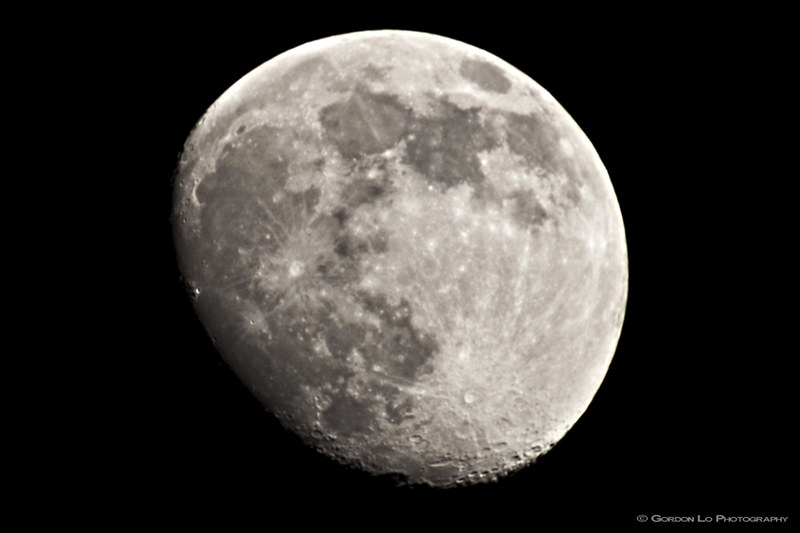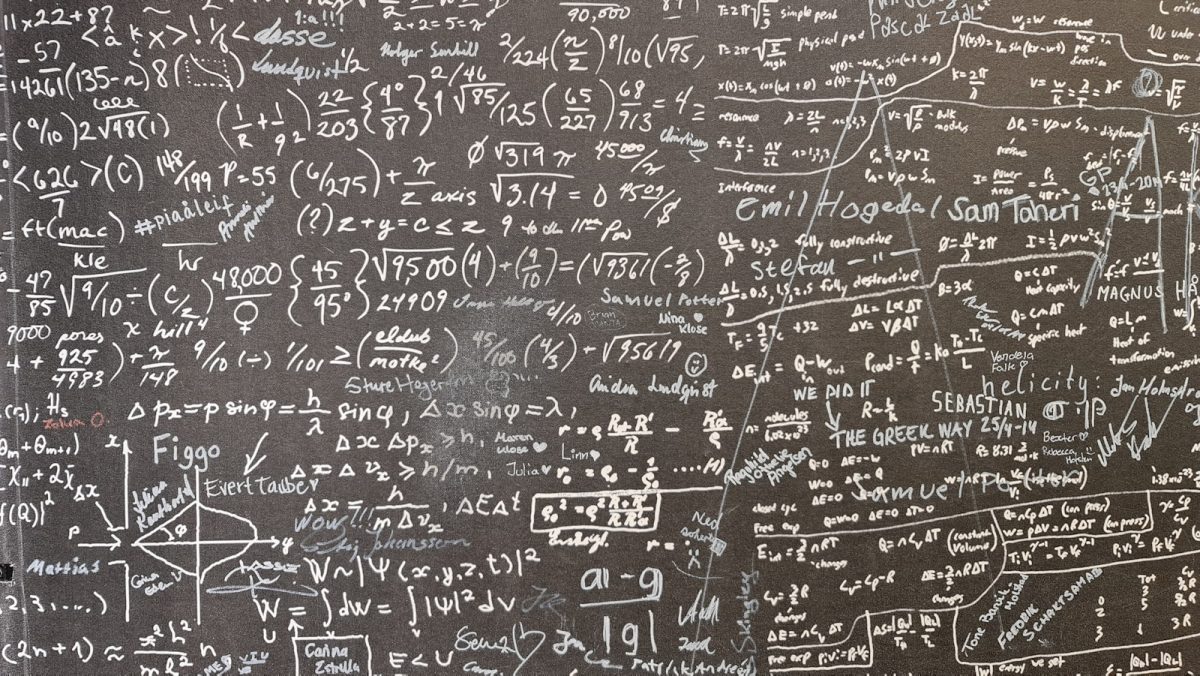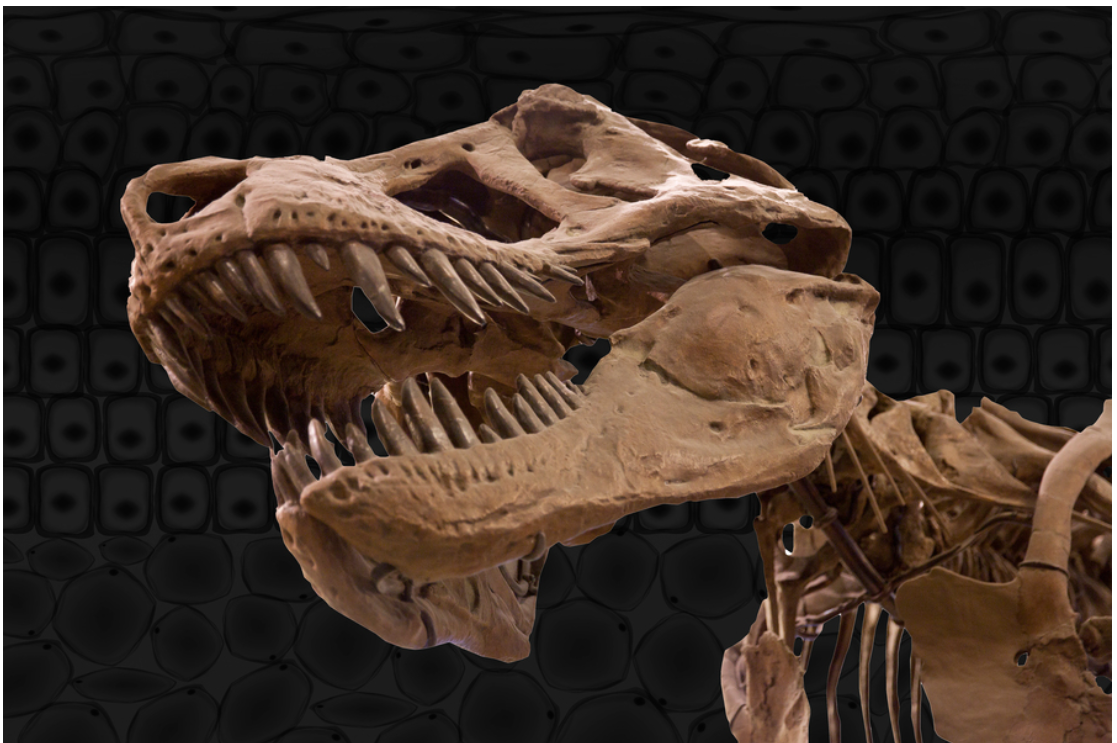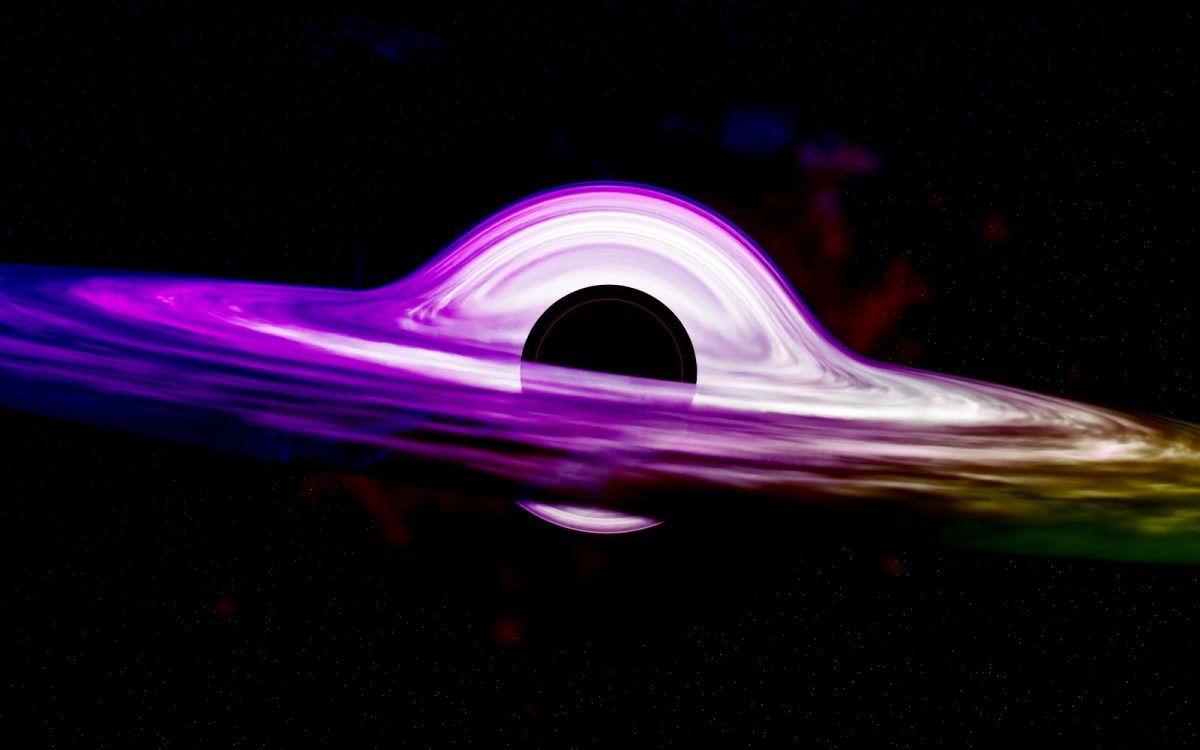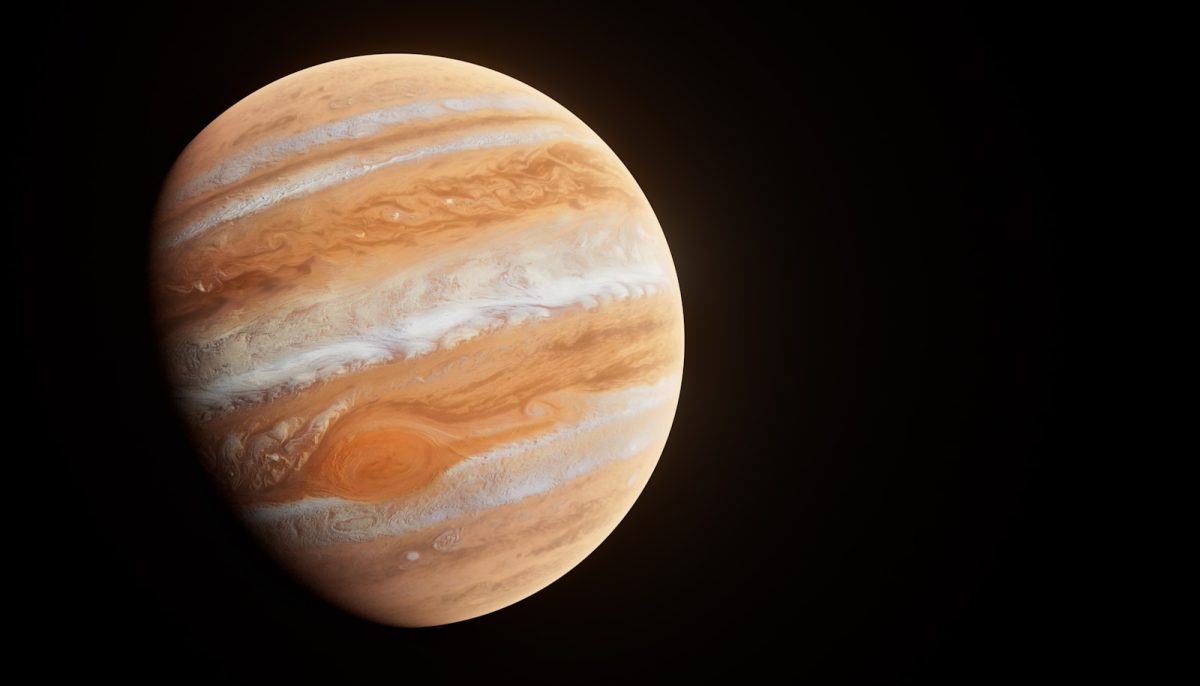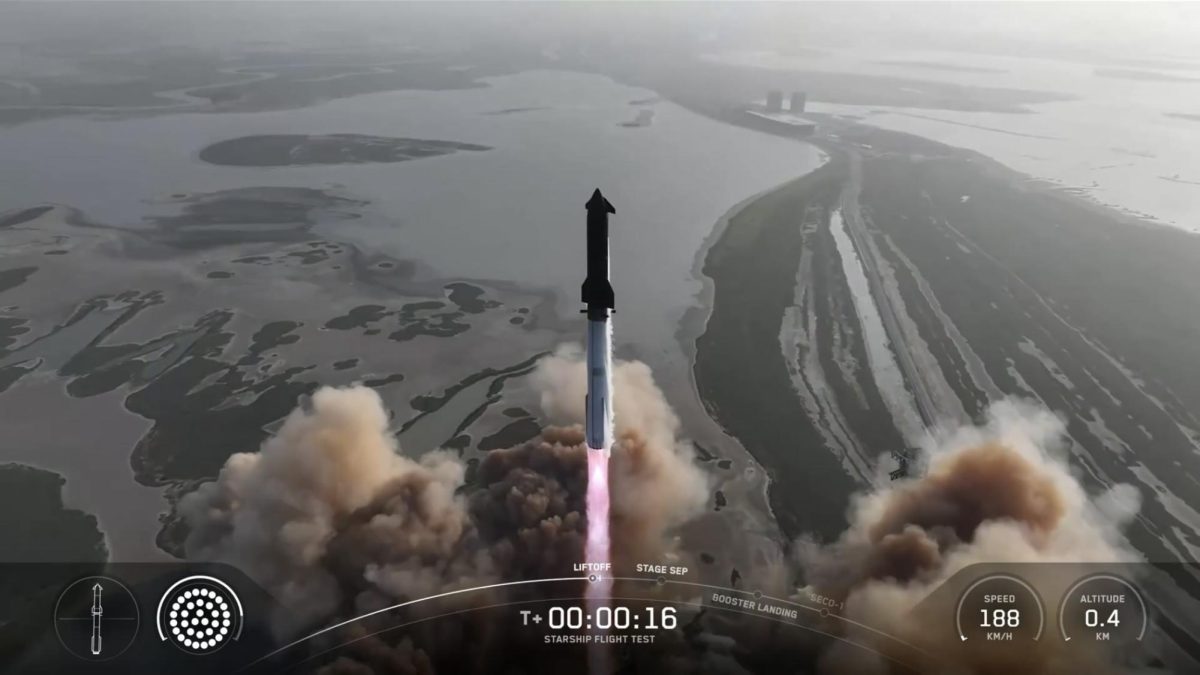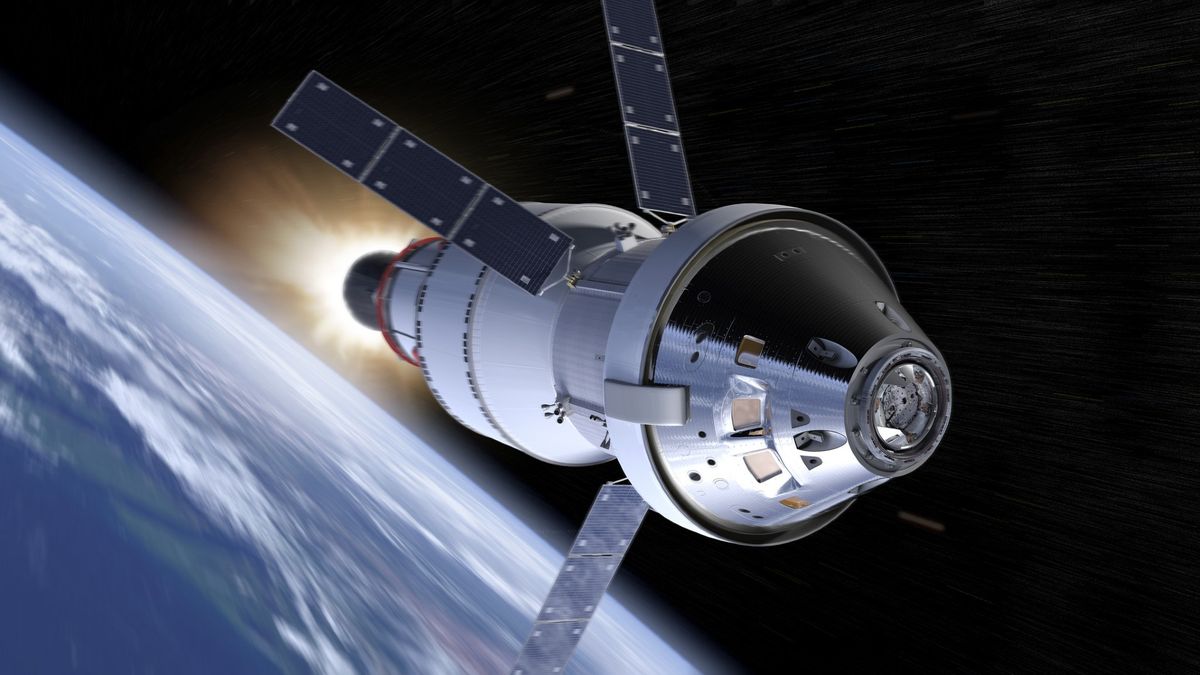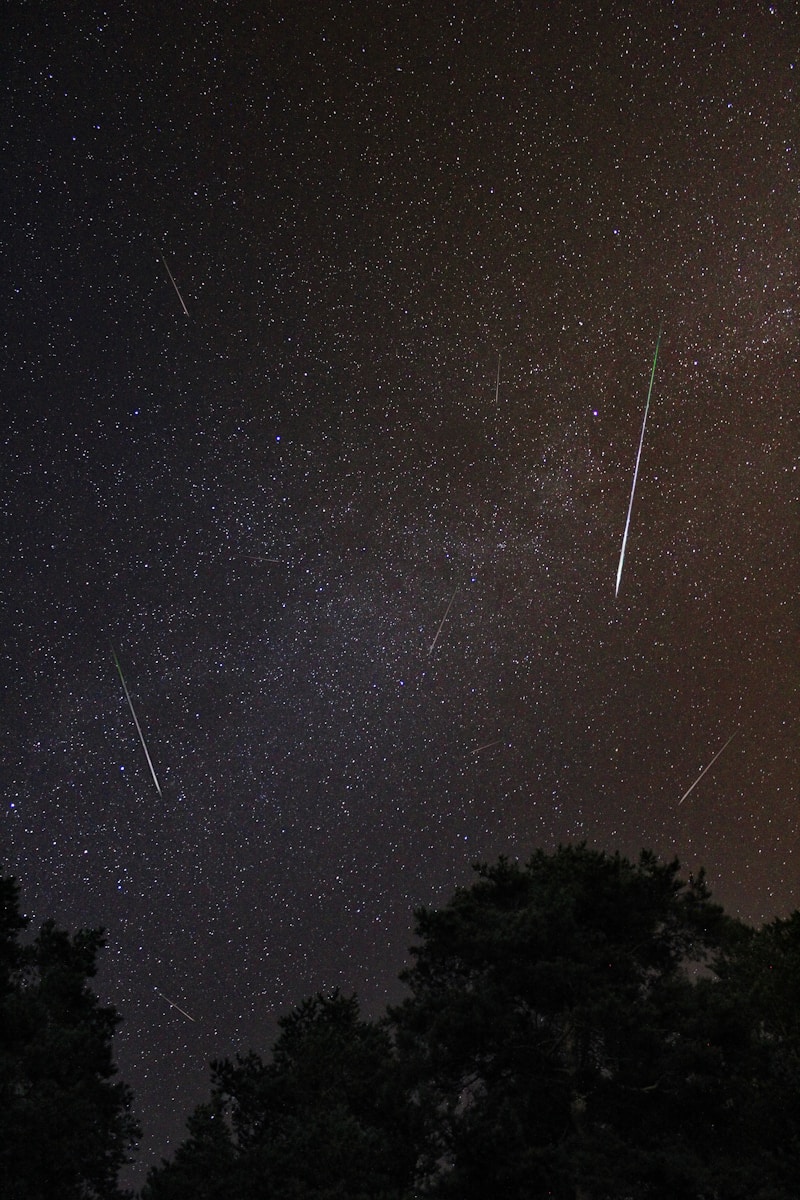In the vast expanse of space, our celestial neighbor, the moon, has long captivated the human imagination. Beyond its romantic allure and ethereal beauty lies a world shrouded in mystery, waiting to be unveiled by the keen eyes of science. Among the arsenal of tools used to probe the lunar landscape, lunar laser ranging experiments stand out as a beacon of precision and ingenuity, offering insights into the moon’s secrets with unparalleled accuracy.
Lunar laser ranging (LLR) experiments involve bouncing laser beams off retroreflectors placed on the lunar surface during previous manned and unmanned missions, primarily the Apollo missions of the late 1960s and early 1970s. These retroreflectors, composed of arrays of corner-cube prisms, are designed to reflect incoming light back in the direction from which it came, regardless of the angle of incidence. This unique property allows scientists to precisely measure the distance between Earth-based laser stations and the moon by timing the round-trip travel of laser pulses.
The concept behind LLR is elegantly simple, yet its implications are profound. By accurately measuring the distance between Earth and the moon with millimeter-level precision, LLR experiments provide crucial data for a wide range of scientific inquiries:
Lunar Motion and Orbit: LLR allows scientists to precisely track the moon’s motion and orbit around the Earth. By continuously monitoring the distance between Earth and the moon over time, researchers can detect subtle variations in the moon’s orbit, such as its eccentricity, inclination, and precession. These measurements contribute to our understanding of celestial mechanics and the dynamics of the Earth-moon system.
Gravitational Interactions: LLR experiments provide valuable insights into the gravitational interactions between Earth and the moon. By analyzing the subtle deviations in the moon’s orbit, scientists can infer information about the distribution of mass within both celestial bodies. This includes variations in the moon’s internal structure, as well as the gravitational influence of Earth’s oceans and solid landmasses.
Tests of Fundamental Physics: LLR data can be used to test the predictions of Einstein’s theory of general relativity and other fundamental theories of physics. Deviations from expected orbital parameters could indicate the presence of new gravitational phenomena or exotic forms of matter, offering potential clues to the nature of the universe.
Geodetic Applications: LLR experiments contribute to geodetic studies and the precise measurement of Earth’s shape and orientation. By accurately determining the distance to the moon, scientists can refine models of Earth’s gravitational field and its effects on satellite orbits, navigation systems, and geophysical processes.
Planetary Science: LLR data is also valuable for planetary science and the study of other celestial bodies in the solar system. By comparing the dynamics of the Earth-moon system with similar measurements from other planets and moons, researchers can gain insights into the processes that shaped the formation and evolution of planetary systems.
Despite its simplicity, lunar laser ranging represents a remarkable feat of scientific and technological achievement. Since the first successful LLR experiment in 1969, conducted by astronomers at the McDonald Observatory in Texas, numerous observatories around the world have joined the effort to precisely measure the distance to the moon.
Today, LLR experiments continue to play a vital role in advancing our understanding of the moon and the broader universe. With each laser pulse, scientists illuminate the secrets of our celestial neighbor, unraveling the mysteries of its past and shedding light on the cosmic dance of celestial bodies. As we gaze towards the moon and beyond, lunar laser ranging remains an indispensable tool in humanity’s quest to explore the cosmos and unlock the wonders of the universe.
Related Articles:
https://ilrs.gsfc.nasa.gov/science/scienceContributions/lunar.html
https://www.csr.utexas.edu/mlrs/history.html
https://lunar.colorado.edu/laserranging.php
https://en.wikipedia.org/wiki/Lunar_Laser_Ranging_experiments
https://www.space.com/apollo-retroreflector-experiment-still-going-50-years-later.html
Take Action:
